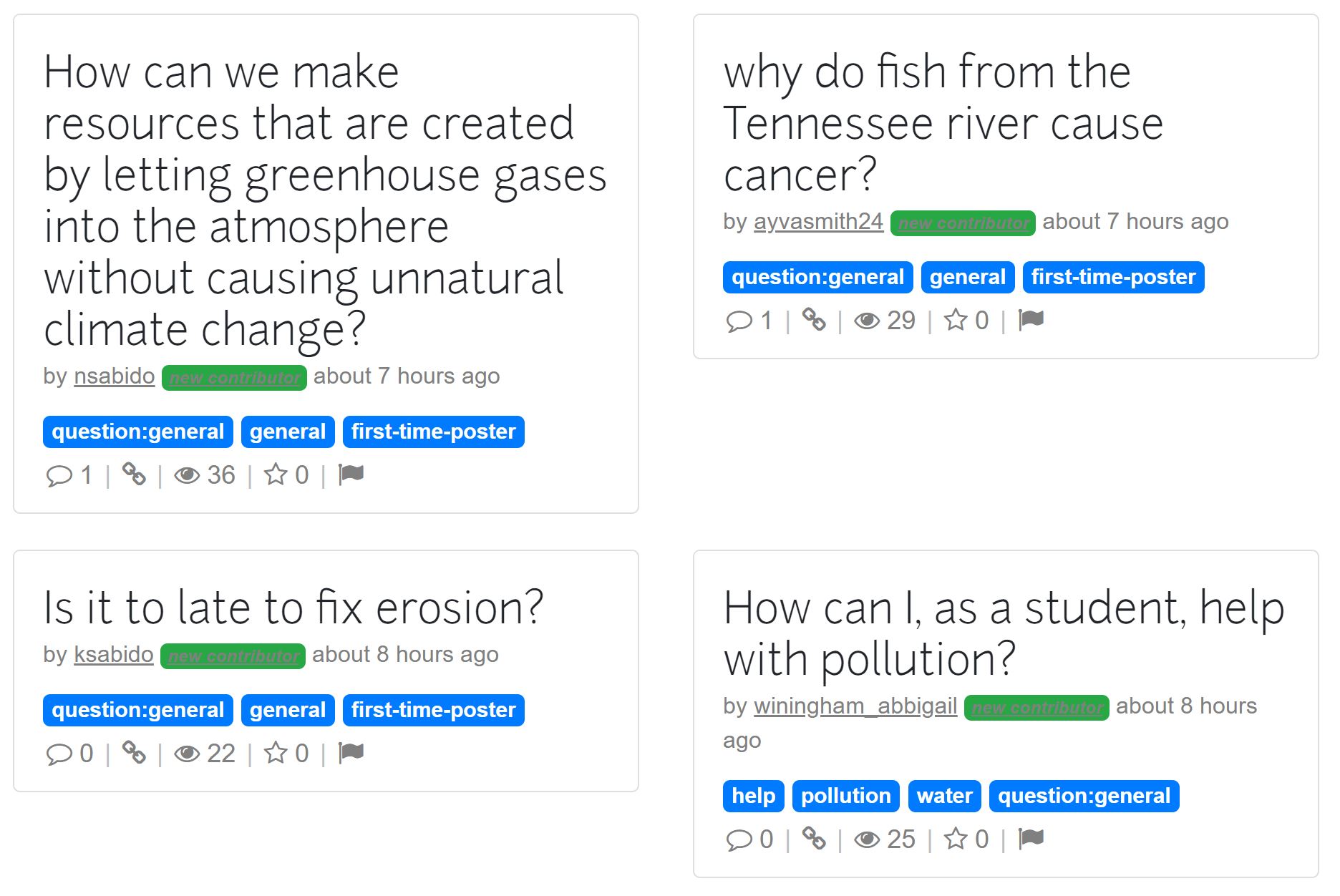Transforming comments to questions on Public Lab

(Wondering how to add your blog posts to this blog? Have a look here: Get involved)
Short introduction to the feature / How does it work?
Public Lab aims to empower people to address environmental justice issues through community science and open technology. They focus on the collaborative development, sharing, reuse and adaption of DIY scientific tools. To help people getting started with their projects, they have different specific content types, for example “Questions”. Questions are comparable to short blog posts with a title (the question), an optional explanatory text and tags that make the questions easier to find by other others and let them automatically appear in lists and overview pages that include this tag.
Examples of questions are shown in Figure 1.

When users add a comment to a research note that some user posted on Public Lab, and their comment involves a question mark, an affordance appears that asks if this comment is a question and allows to transform it to a question artifact (see Figure 2). Any user can transform another user’s comment into a question.

Thoughts
I think the principle of this feature is a good idea to encourage the reuse of ideas of other users and to facilitate a stigmergic environment. The feature easy and fast to use, and can prevent good questions to get lost in comment sections. One point I would like to critisize is that I doubt the precision of this feature, because most of the comments including a question won’t probably include content that would be appropriate for a question artifact. However, I have no information on how much this feature is used in practice. Also, this feature is rather subtle, so while being useful in some cases, it probably not distract or annoy users in other cases. Despite my criticism, I think that an automatically appearing affordance allowing users to reuse contents of other users is an approach that should be kept in mind for peer-production platforms.
References